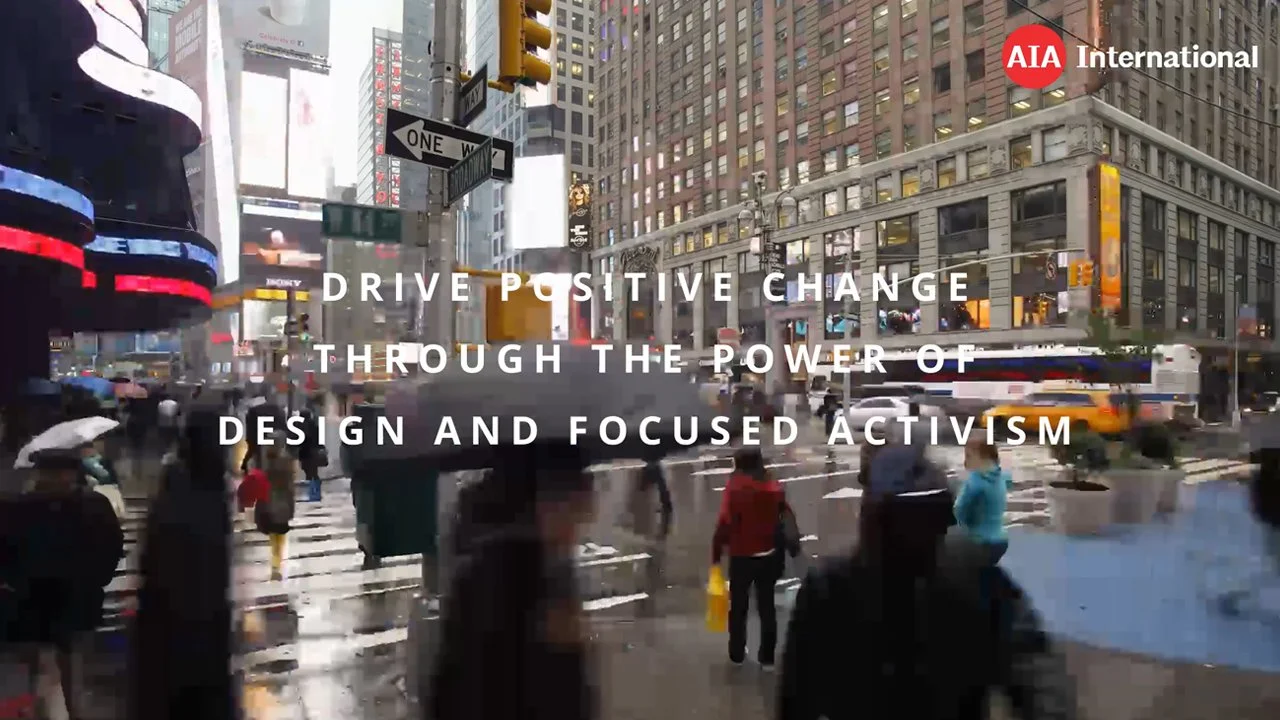Looking back at the opening stages of the pandemic, when office buildings shuttered and working from home became the new norm, rents in major cities such as New York dropped following a brief exodus of professionals. Among other reasons some people elected against high city rents when they could now work from anywhere with internet and VPN.
Rising rents and housing scarcity in the cities have been trending upwards long before the pandemic. Against this backdrop, the recent popularity and normalization of working from home (and a willingness to relocate as a result) coupled with measures to make commuting cheaper, easier, and more efficient could indicate a trend towards looking outside the cities and towards development of peripheral suburbs and exurbs, as well as supporting infrastructure and policy, to manage housing needs.
One post-pandemic measure taken in Germany was legislating a so-called €9 transit ticket, issued in 2022 to ameliorate commuting costs. For €9 a month the ticket allowed travelers to use any public transit nationwide, from local buses to regional trains (excluding high-speed rail). Due to widespread positive reception, a long-term successor – the €49 ticket – is being rolled out in Germany this May.
Benefits touted include: lowering costs for everyday commuters, encouraging and simplifying public transit use, and reducing road congestion, along with the clear environmental advantages of the electric railway. These incentives may see ramifications to urban planning further down the road. Could consistent subsidies in public transit change the development and urban planning over time?
One pattern is furnished by the United States, which is grappling with housing crises in its urban centers. The U.S. has embraced the rise of similar transit-oriented developments (TODs) situated further away from the established cities but well-connected along commuter transit lines. The Bay Area’s BART system and the Washington DC Metro are two such examples. However, in an automobile-centric nation, commuters have a much harder choice between public transit and taking the car. Perhaps more so in the US, public transit can benefit from the simplification in cost and ticketing that comes from something like Germany’s new universal ticket.
Indeed, the AIA’s own Policy Platform 2020, with a stated goal of promoting equitable development, including mass transit-oriented development, multimodal streets, and opportunity zones is similarly aligned towards simultaneous development of commutable neighborhoods and infrastructure. Germany’s transit initiative offers a look at how legislative policy can play a part. The future looks towards a mutual development of infrastructure, planning, and policy to resolve urban housing needs.
These prevailing concerns, from housing crises to climate mitigation, affect us all but cannot be resolved with a singular solution. How we live and work is not only differentiated by regional and demographic differences but also a highly personal decision. Given our international audience, we would like to hear about your own relationship between home and the workplace. How does your routine and commute play a role, and how might these dynamics in your region change to better accommodate housing and transportation needs?
Marco Lau, M.Sc. Architektur, AIA
Contributor to AIA International Communication & PR Committee
Video by Md. Tareq Abdullah, International Assoc. AIA
Media Designer for AIA International Communication & PR Committee







